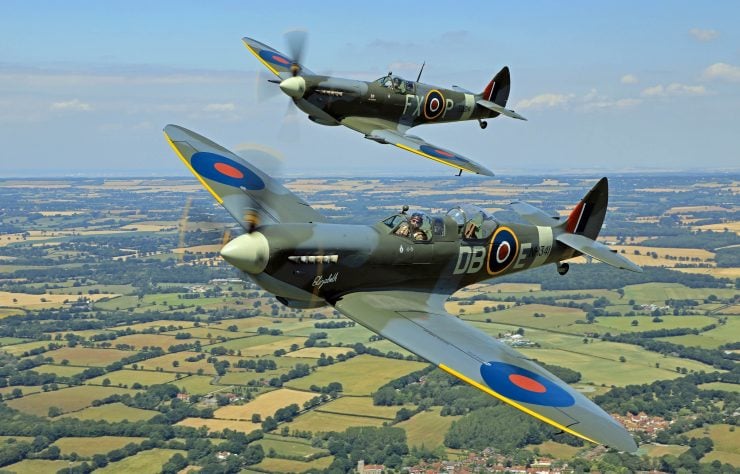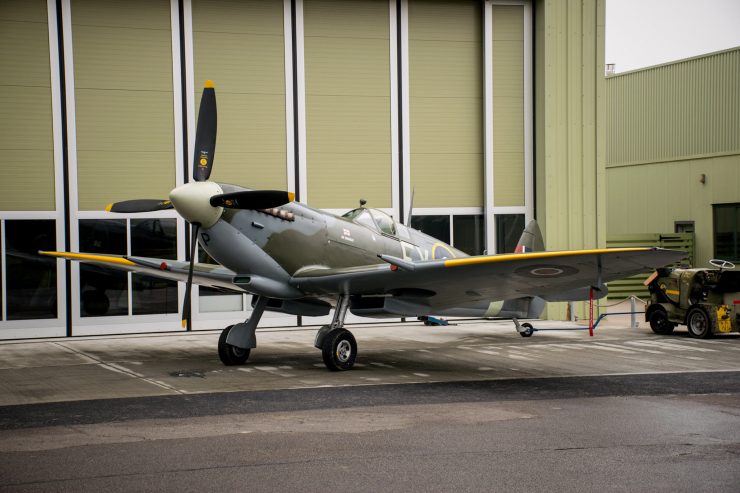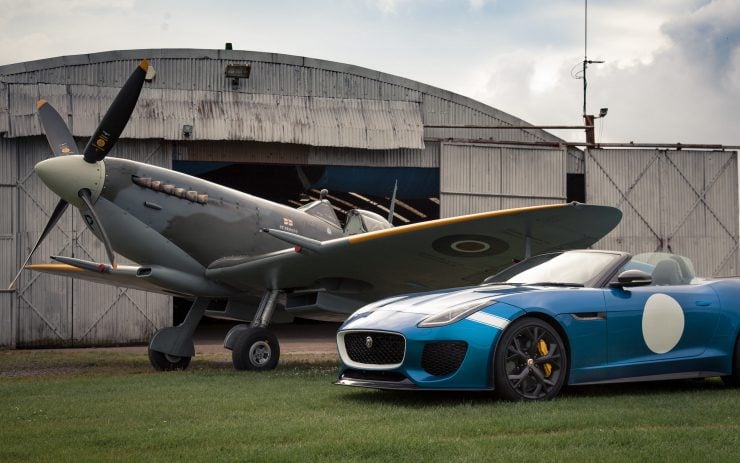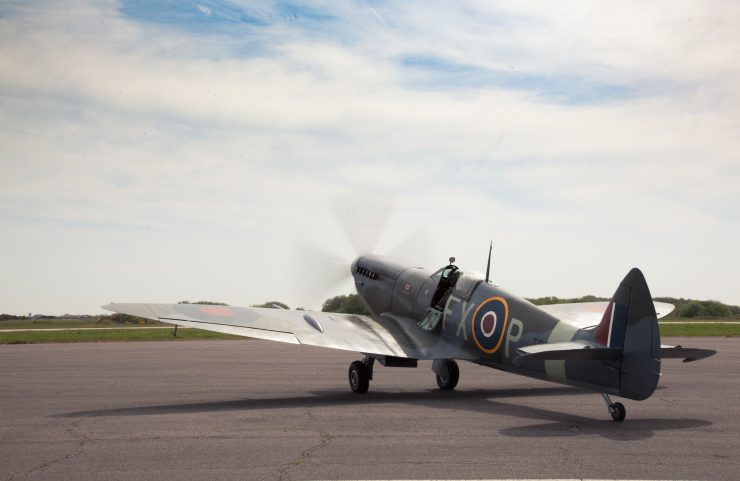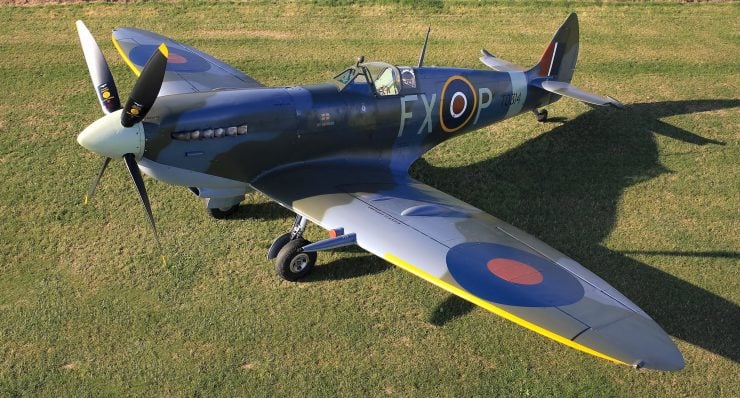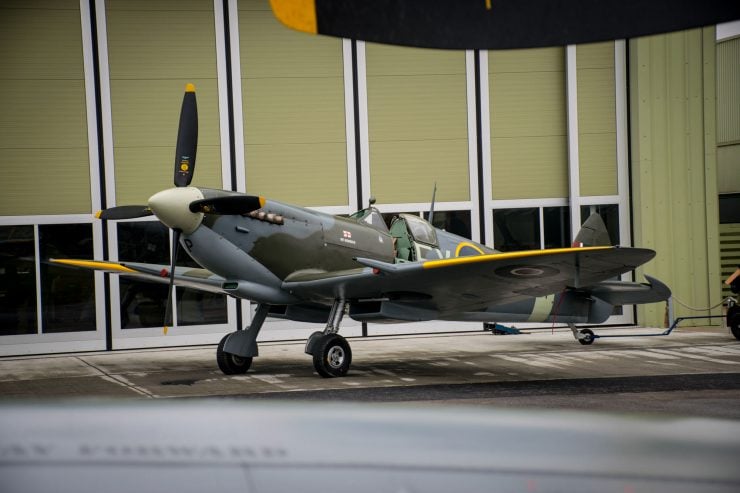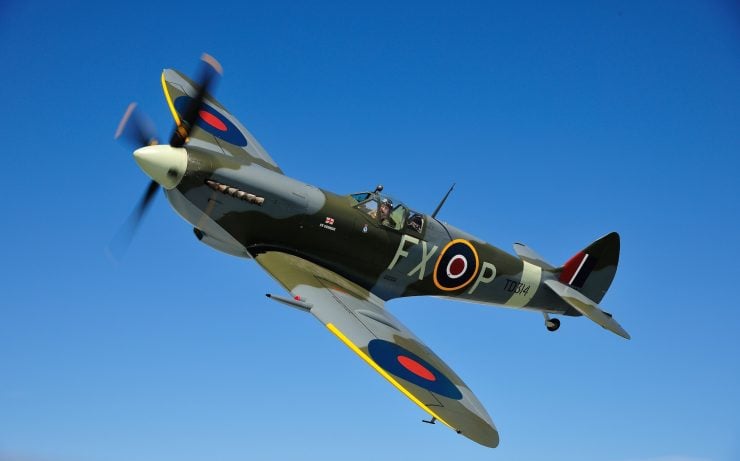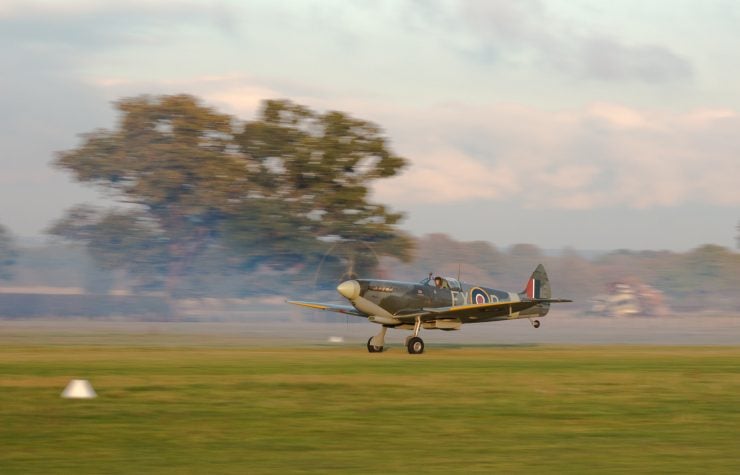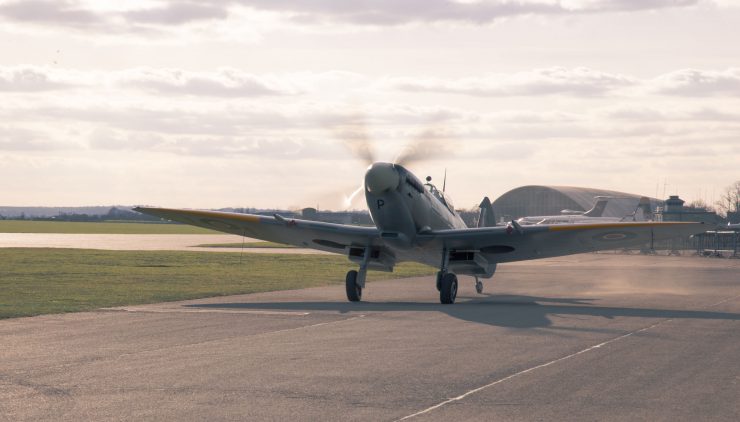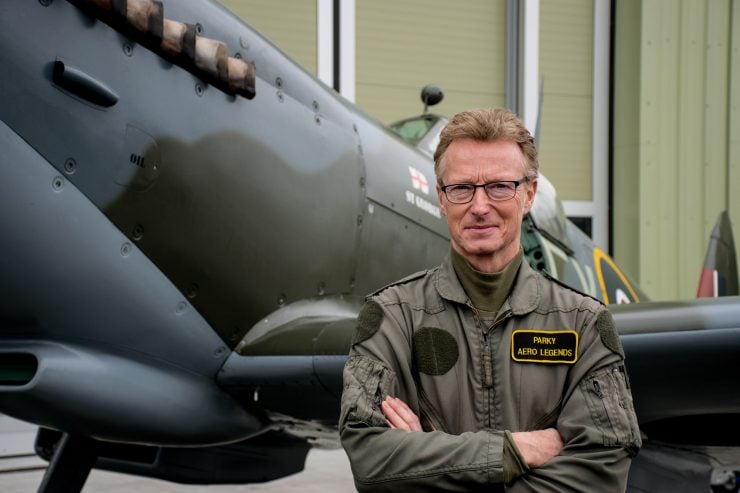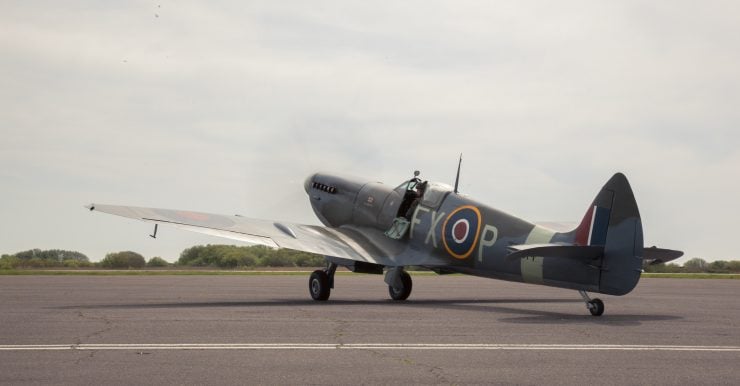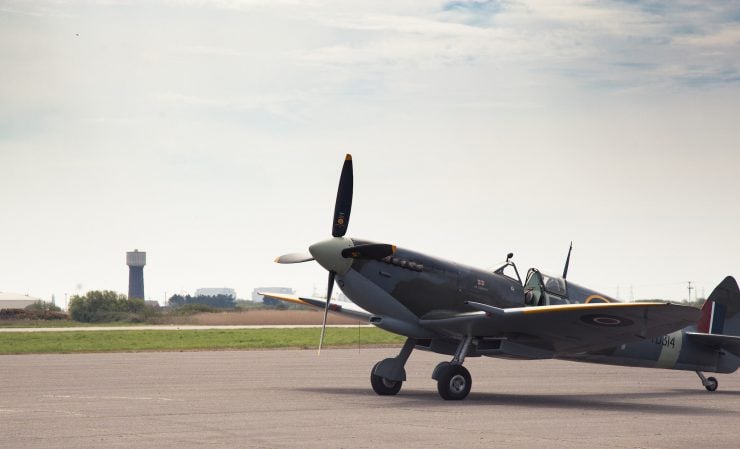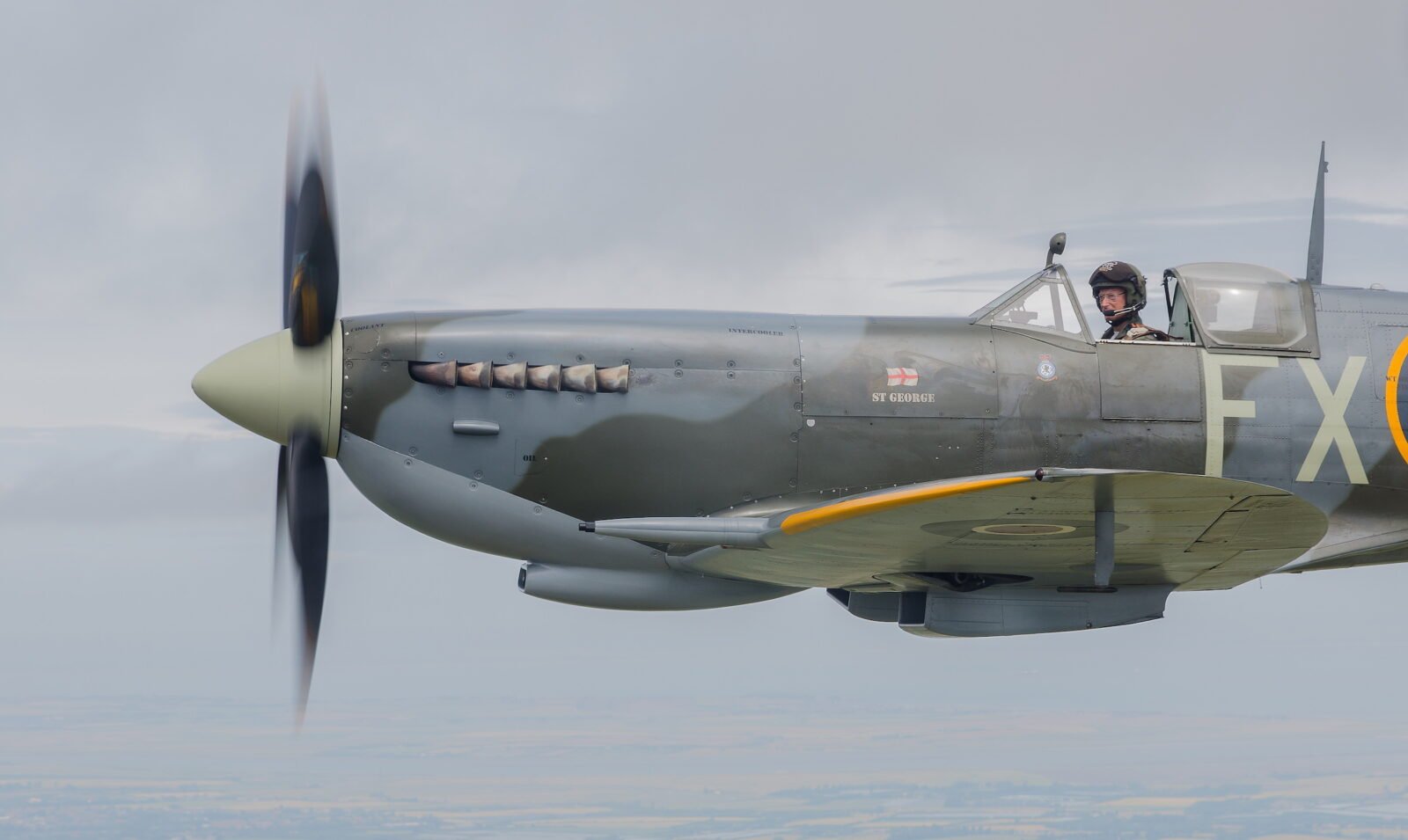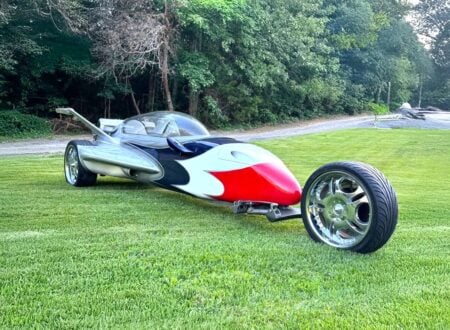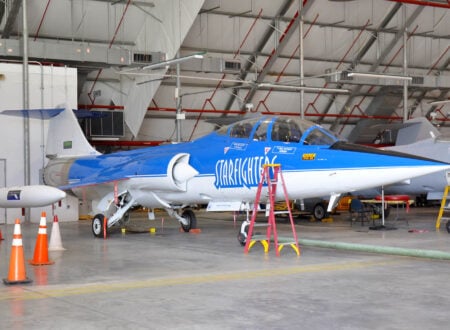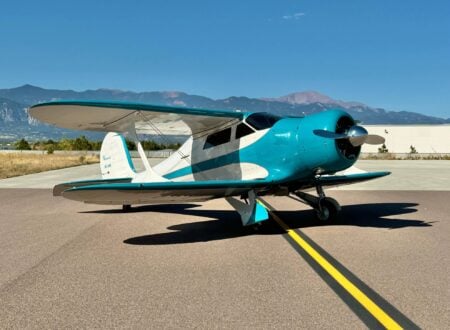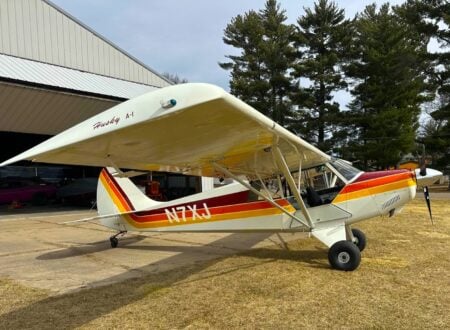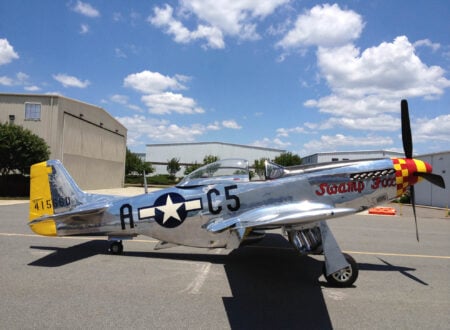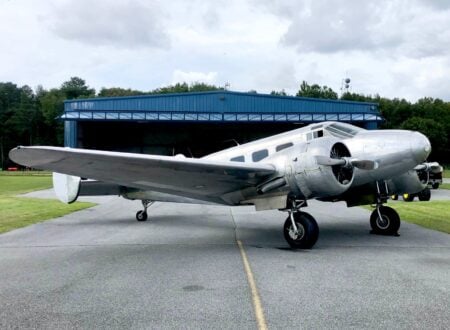The Supermarine Spitfire
The Spitfire is not only one of the most consequential aircraft of the Second World War, it’s also one of the most famous aircraft of the 20th century.
Originally developed in the mid-1930s, the Spitfire was designed by Supermarine to fill Air Ministry specification F7/30, calling for a modern fighter capable of flying at 250 mph. Although this isn’t all that fast by modern standards, it was like a lightning bolt compared to the biplane fighters that had been used in the preceding World War.
As a result of the sheer volume of engineering and production difficulties that had to be overcome, the aircraft that would become the Spitfire underwent a series of re-designs and name changes, before receiving approval to develop a flying prototype using the Type 300 design.
Over the course of its 1938 to 1948 production run, over 20,000 Spitfires were built in a wide variety of configurations. Most were powered by the iconic Rolls-Royce Merlin engine, a 27 liter V12 aero engine that saw broad use in a multitude of aircraft during and after WWII, including a Packard-built variant that powered the North American P-51 Mustang.
During the war, the Supermarine Spitfire became famous among the people on both sides of the conflict, and the sight of an airborne Spitfire on an intercept course would make the blood of any Luftwaffe pilot run cold.
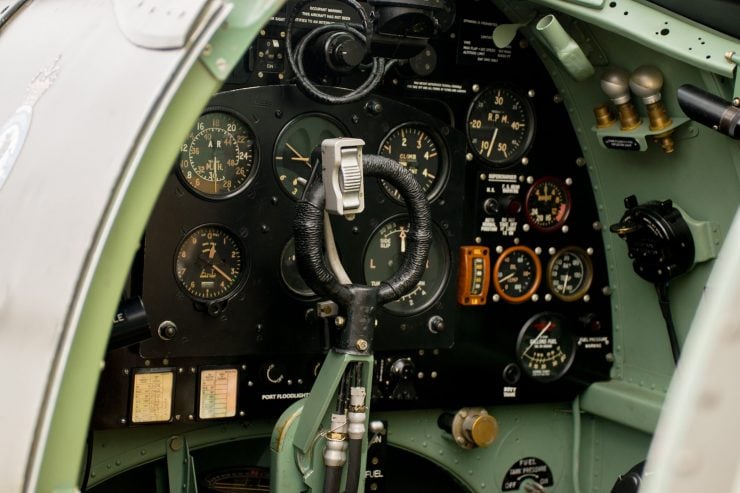
Spitfire MK IX TD314
TD314 was built at Castle Bromwich in late 1944 and fitted with a Merlin 70 as a High Level Fighter (HFIXE). She was one of the last high back Spitfires built as the production line switched to low back aircraft in February of 1945. She was delivered to 33 MU at Lyneham on 30th March 1945, transferring later that month to 30 MU before a further move to 6 MU where she was prepared for service with 183 (Gold Coast) Squadron at Chilbolton on the 24th June 1945.
183 squadron only kept its Spitfires for a short time before re-equipping with Tempests.
TD314 moved to 234 (Madras Presidency) Squadron at Bentwaters on 26th July 1945, it is in this squadrons colours that she is currently finished with the squadron codes of FX-P. Whilst with 234 squadron it is possible that TD314 took part in the 1945 Battle of Britain flypast over London. When 234 squadron converted to Meteors TD314 was transferred to 29 MU at High Ercall for disposal on the 27th February 1946.
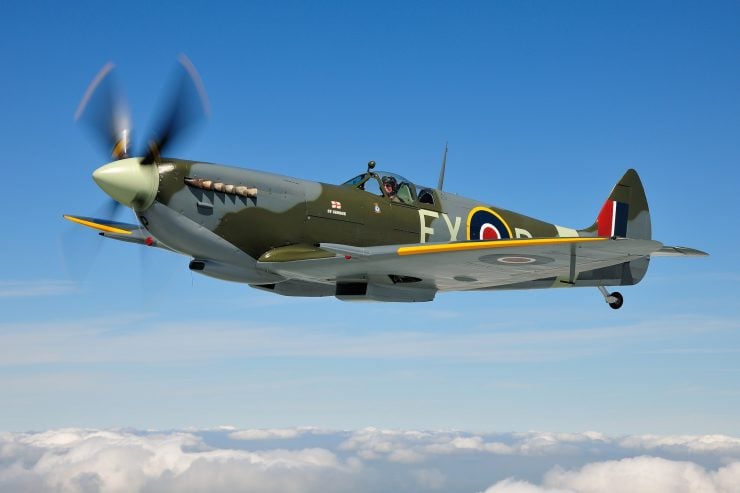
In early 1948 TD314 was selected as one of the 136 Spitfire IXs to be sold to the South African Air Force and she was sent to 47 MU RAF Sealand where she was packed for shipment, leaving Birkenhead on the SS Clan Chattan 23rd April and arriving at Cape Town on the 12th May 1948. Details of her use with the SAAF are not known but she was sold for scrapping to the South African Metal & Machinery CO, Salt River, Cape Town, sometime during 1954. She remained in the scrap yard until recovered by Larry Barnett of Johannesburg in 1969. From there she passed through the hands of several owners before arriving in the UK via Canada in 2009.
Acquired by Aero Legends in 2011, restoration commenced at Biggin Hill culminating in a first flight on the 7th December 2013. TD314 is heavily featured in the new Haynes manual on Spitfire restoration having its picture pride of place on the front cover. TD314 has been named “St. George” which is prominently displayed on the fuselage
Perhaps the best thing about this particular Spitfire is that you can fly alongside it, and experience the same sights and sounds as the original WWII combat pilots. Aero Legends operates a small fleet of aircraft out of the Sywell Aerodrome including two, two-seater Spitfires.
The Fly in a Spitfire experience will see you suited up and strapped into a Spitfire, or the Fly with a Spitfire experience will see you onboard a de Havilland Devon with friends and family while Spitfires fly around you, displaying their acrobatic capabilities.
If you’d like to see more or book your flight, you can click here to visit Aero Legends.
